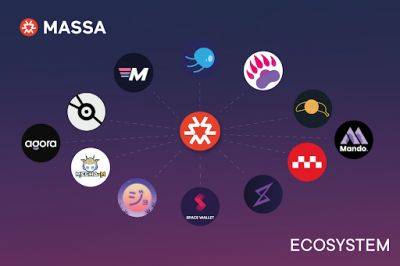What’s next for EU’s crypto industry as European Parliament passes MiCA?
On April 20, the European Parliament voted to pass the Markets in Crypto-Assets (MiCA) regulation, the European Union’s main legislative proposal to oversee the crypto industry in its member countries.
The MiCA regulation is a significant development for the crypto industry in the European Union. Prior to MiCA, crypto companies had to comply with 27 different regulatory frameworks across the EU member states, with Germany or France being costly and burdensome, for example.
Under MiCA, however, EU-wide regulations will apply, allowing companies to operate throughout the entire EU crypto market with a MiCA license granted in one country. This will increase the competitiveness of EU startups and may result in them gaining market share from unregulated competitors.
Moreover, MiCA could encourage more institutional adoption and activity in the EU crypto and blockchain market. Patrick Hansen, director of EU strategy and policy at stablecoin issuer Circle, told Cointelegraph that MiCA will enable European crypto firms to scale and grow faster, allowing licensed companies to offer their services throughout the world’s largest single market, with roughly 450 million people:
For Moritz Schildt, a board member of the Hanseatic Blockchain Institute and the German Blockchain Association, the biggest advantage of MiCA is that “it will come into force already this year,” giving the EU a chance to provide a unified regulatory framework for crypto assets and related providers.
Magazine: Here’s how Ethereum’s ZK-rollups can become interoperable
Creating a regulatory framework for a technology that sees new developments and outgrowths practically every month and evolves as dynamically as the tokenization of investment opportunities is
Read more on cointelegraph.com









